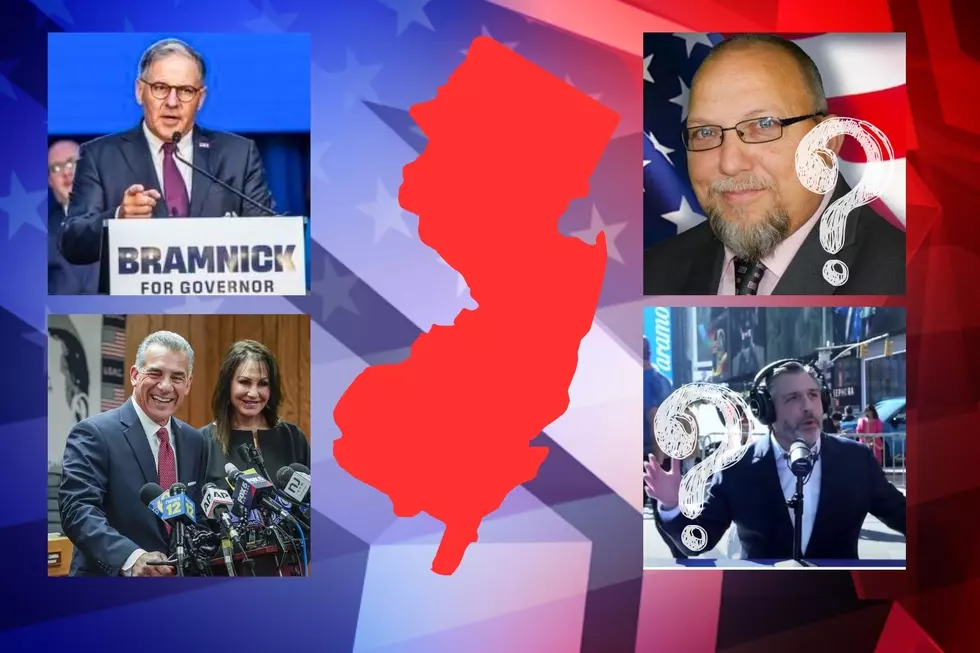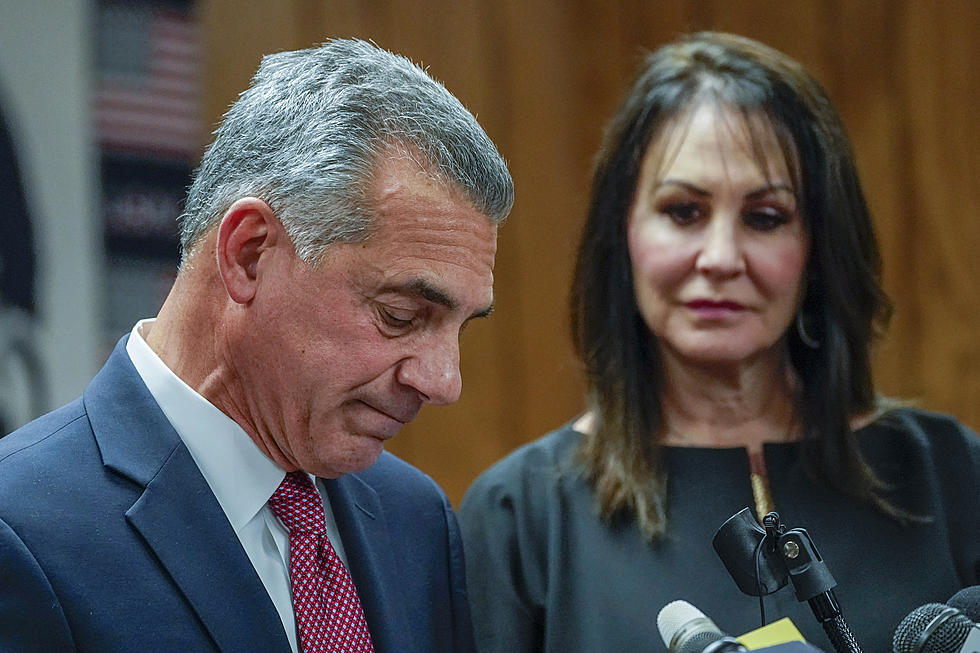
Where New Jersey’s ‘red wave’ of the 2021 election was reddest
TRENTON – Final election results have been certified, detailing the math behind Gov. Phil Murphy’s 3-point win – and where the "red wave" was highest that nearly carried Jack Ciattarelli to a surprise win.
Murphy won by 84,286 votes, getting 51.2% of the vote to 48% for Ciattarelli. He’s the first Democrat to win re-election since 1977 and the first New Jersey governor from the same party as the incumbent president to win since 1985, but the relatively narrow outcome remained uncertain until the day after the election.
Four years ago, Murphy won his first term by a 14.1-point margin, topping Kim Guadagno by 303,527 votes. Murphy grew his vote total by more than 11% in this year’s race, but Ciattarelli got 40% more votes than Guadagno and flipped three counties red: Atlantic, Cumberland and Gloucester.
Ciattarelli nearly matched Gov. Chris Christie’s numbers from his 2013 re-election romp, surpassing Christie’s vote totals in nine of 21 counties.
A two-year surge
That comes on the heels of Donald Trump getting 281,000 more votes in New Jersey in 2020 than in 2016. Rider University political scientist Micah Rasmussen said a pattern is forming and expectations need to be adjusted accordingly if an extra 300,000 Republicans become regular voters.
“That happened in 2020 and it happened in 2021 and there’s no reason why it can’t happen in 2022,” said Rasmussen, director of the Rebovich Institute for New Jersey Politics. “So, we may be headed for a period of greater competition than we have been in previous years.”
There were still three counties where Murphy won by more votes than in 2017, increased his share of the overall vote or both – Somerset, Hunterdon and Mercer.
Rasmussen said those suburban counties, like nearby Burlington County, are the types of places Republicans have struggled to regain wealthy, traditional Republicans repelled by Trump. To the extent Ciattarelli stressed taxes, Rasmussen said that part of Central Jersey expects high property taxes.
“It’s not a lack of interest in the tax bill, it’s not saying we’re satisfied with it, it’s simply saying that we understand it. We know that there’s a bargain here. We’re getting the best schools and we’ve got to pay for them,” Rasmussen said.
Story continues below
Where NJ's 'red wave' of the 2021 election was reddest
The South vs. Central split
Rasmussen says there’s more of a cushion or buffer to deal with property tax bills in those suburban Central Jersey counties than in South Jersey, where Republican vote totals surged 50% or more in Atlantic, Camden, Cape May, Cumberland and Gloucester.
Conversely, Ciattarelli expanded on Guadagno’s 2017 total by 25% or less in Hunterdon, Mercer and Somerset counties.
“It’s an issue between whether or not you stay or whether you go in some of those southern counties,” Rasmussen said. “They really can’t afford to be dealing with the property tax issue the way that other counties can.”
Murphy got more votes than last time in 17 counties, but his totals dropped in four: Cumberland, Atlantic, Salem in South Jersey – and, barely and perhaps surprisingly, Hudson.
“His party is half a million voters larger than it was four years ago, so you would hope that he would get more votes than he got four years ago,” Rasmussen said. “If he wasn’t, then there would have been even more trouble than there was.”

Even reliably Democratic Camden County’s margin shifted further toward Republicans, 12.3 points, than the state overall, 10.9 points. One notable exception in the region: Burlington, where the 7.5-point shift toward Republicans was smaller than in two-thirds of the other counties.
“You see them behaving more like Mercer. You see them behaving more like Somerset,” Rasmussen said. “You do see them behaving more like Central Jersey.”
Michael Symons is State House bureau chief for New Jersey 101.5. Contact him at michael.symons@townsquaremedia.com.
The most popular Christmas decorations in the US
More From New Jersey 101.5 FM









